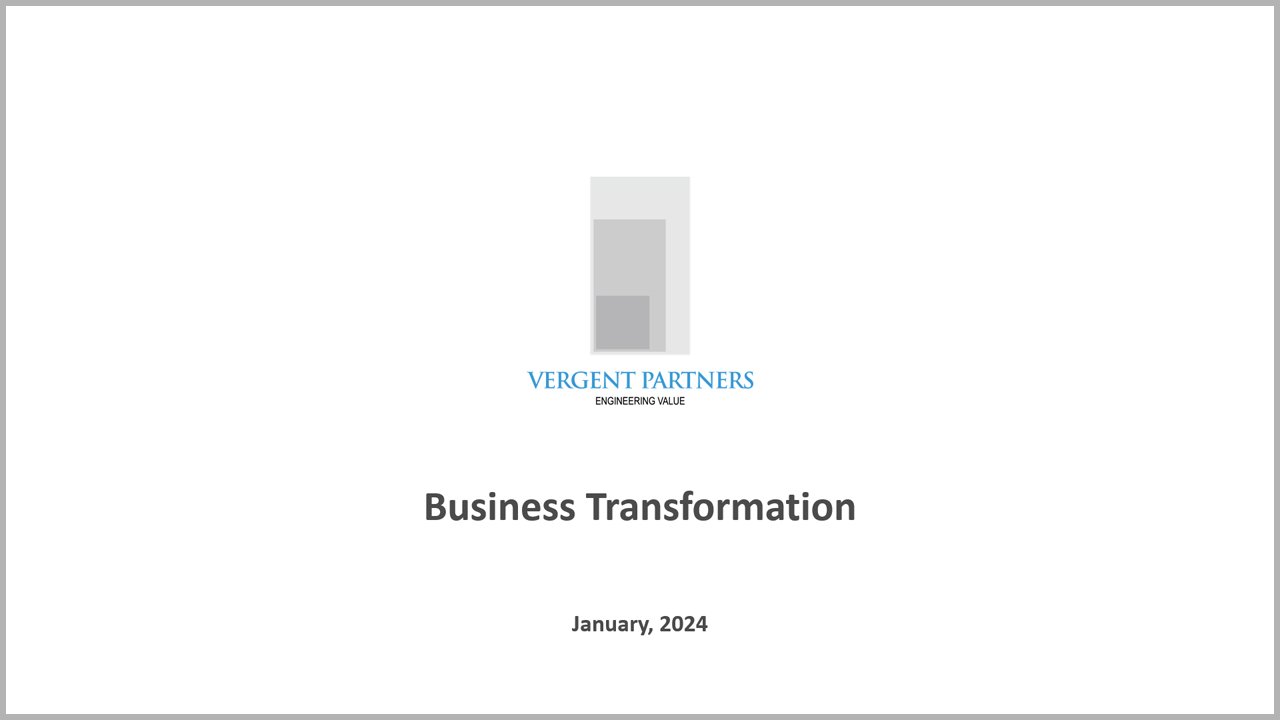Development Funding
Part 1
India has a large pool of Small and Medium-sized Enterprises (SMEs).
SMEs contribute to over 30% of India’s GDP, 45% of its industrial production, 40% of its export and employ over a 100 million people.
In recognition of their significance, the Government has undertaken several initiatives to promote & support their growth.
SEBI has eased listing requirements for SMEs, making it easier for them to access capital markets. The NSE & BSE have introduced SME platforms to facilitate capital raise.
SMEs have collectively raised ~INR 13,500 Cr. through 900 IPOs over 12 years, with ~INR 4,700 Cr. in CY 2023 alone.
Part 2
SMEs have been growing at about 10% over the last few years, and are expected to drive India’s growth, outpacing larger companies.
Listed SMEs have outperformed the wider indices (NIFTY 50, BSE 500) in the last few years, leading to significant interest in the asset class.
SMEs are emerging as an “acceptable” asset class amongst intuitional investors, given their potential for higher returns & diversification.
The era of significant investor interest in SMEs has only just started – and if their fundamentals hold, this interest will expand.
Part 3
Of the 6 lac eligible SMEs (Turnover > INR 50 Cr.; < INR 250 Cr.), only about 900 are listed.
Quality investors are often sceptical in investing in SMEs due to lack of Effective Planning, Visibility and uncertain Exit opportunities.
Lack of quality support and informed capital are a bottleneck to scale, competitiveness - and value creation.
Part 4
De-risked and robust businesses require staged interventions.
However, growing companies are always short of funds. Promoters will only undertake critical interventions if they are funded.
An early-stage investment platform that funds such interventions, and will generate attractive returns.
Strategic divestment and IPOs provide timely exit and ensure effective re-deployment of capital.
An Ideal IPO Candidate:
Promoters & Management
A Promoter determines the trajectory of a business. A promoter willing to invest resources on building a sound plan and efficient operations will be able attract quality capital and register robust growth over the long term. A willingness to adopt best practices and technology is also critical.
Growth Potential
The business should have room to grow over the long term. Only a buoyant sector will permit a business to expand and gain market share efficiently.
Capital Efficiency
Long term profitability depends on a company’s cost structure. Good Planning, technology, efficient operations and effective management lowers costs - and increases Capital Efficiency.
Compliance
Compliance Culture sets a company apart from its peers. Its central to protecting the company from business and regulatory risks. Quality investors insist on best practices. Good Governance positively impacts the value of a business.
Preparation is Key
Building Out:
Philosophy
Businesses need to transform to register sustainable growth.
Businesses transform in discrete steps or orbital jumps.
A successful orbital jump requires that all relevant activities progress in a synchronised manner. Omissions result in sub-optimal Outcomes and a waste of resources.
Approach
Identify distinct stages of business transformation.
Enumerate activities and necessary conditions for implementing each stage of transformation.
Determine resource requirement.
Emphasise internal capacity building
Optimising Resources requires a Staged Approach
Development Funding
Staged funding to implement select Interventions that drive targeted Outcomes – and Create Value
Capital + Know How = Outcomes = Value
Staged Investment:
Early stage engagement allows alignment and control
Control in turn provides higher risk-weighted returns
Foundational Interventions build pedigree (DNA)
Milestone based drawdowns protect capital
Early stage Investment secures equity at an attractive value; with a potentially dramatic upside
Assured Pre-IPO allotment ensures better returns
A “partnership” helps in sharpening the IPO process - including timing, pricing, positioning and the overall marketing of the company
The Value Chain
The Virtuous Cycle
The Returns Step Ladder:
Sustainable Value needs to be “Engineered”; it is never a Function of “Smart Investing” alone
Candidate Selection:
Good Promoters
Ambition
Willingness to adopt quality practices
Good Business
Growth Sector
Clear Value Proposition
Scalable
Revenue Traction
Profitable
Exit Potential
Sector Traction
Momentum
Process:
Investment & Exit Plan:
Investment Strategy
No. of Investee Companies: 8 - 10
Deal Size: INR 2 – 5 Cr.
Equity Stake: Up to 20%
Diversification across industries
Diversification across maturity profiles
Follow-on Investment
Strong Business, Financial and Governance Oversight
Board Representation
Key Protective/Negative Covenants
Exit Plan
IPO, Strategic Sale, Partial Exit, M&A or Secondary Sales
Market Conditions
Investee company achieving its growth potential/specific milestones
The Fund:
Closed-ended Category I AIF
Fund Size: INR 25 – 30 Cr.
No. of Investors: Up to 20
Minimum Investment: INR 1 Cr.
Fund Life: 5 years, extendable by 2 years
First Close: May 30, 2024
Hurdle Rate: 15% (pre tax)
Carry: 20%
Management Fee: 3%
Administrative Fee: 0.25%
Set-up Fee: 1%
Next Steps:
Building initial Deal Flow
Identification of Anchor Investors
Incorporation of the Investment Manager
Drafting of the Private Placement Memorandum
SEBI Registration
Execution of the Investment Management Agreement between Investment Manager & the Trustee
Execution of Contribution Agreement with the Investors














SMEs contribute to over 30% of India’s GDP, 45% of industrial production, 40% of export and employ over a 100 million. SMEs face significant challenges on account of their size.